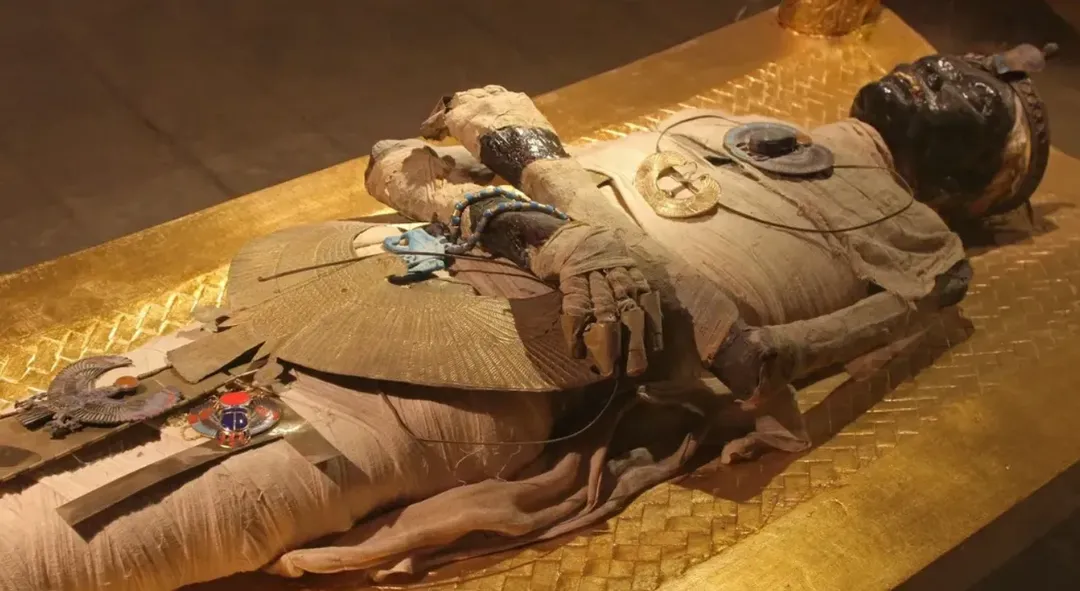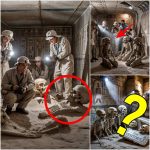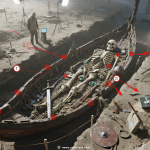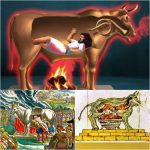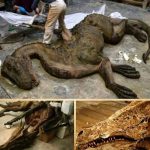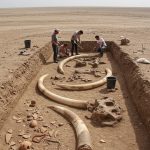The Tomb of King Solomon: Secrets Beneath 3,000 Years
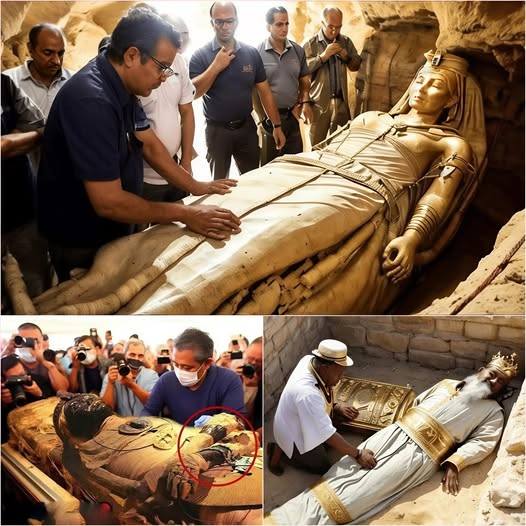
Few names in ancient history carry as much weight as King Solomon, the fabled ruler of Israel whose wisdom, wealth, and mysterious reign echo through religious texts and legends alike. For centuries, scholars, explorers, and archaeologists have speculated about his burial place, debating whether it was hidden beneath the Temple Mount, lost to time, or preserved in secret. Now, recent claims suggest that the long-lost tomb of King Solomon may finally have been unearthed—sparking both excitement and controversy across the globe.

A Discovery Shrouded in Mystery
According to reports, archaeologists uncovered chambers believed to date back more than 3,000 years. Within them lay relics, inscriptions, and objects that appear linked to Solomon’s reign. While details remain closely guarded, early descriptions mention ritual artifacts, symbols of authority, and enigmatic inscriptions whose meanings challenge traditional accounts.
The shadowed halls of the supposed tomb carry an aura of secrecy, hinting at a world of hidden practices and forgotten traditions. Whether these discoveries represent direct proof of Solomon’s life or are instead cultural echoes of his era remains a matter of intense debate.
Why Solomon Matters
King Solomon is central to biblical and historical narratives. Known for building the First Temple in Jerusalem and for his legendary wisdom, he occupies a pivotal place in Judeo-Christian tradition. Yet historical and archaeological evidence of his reign remains scarce. Finding a tomb attributed to Solomon could reshape our understanding of early Israelite society, offering tangible proof where faith and legend have long dominated.
The possibility of rewriting history is what makes this claim so electrifying. If authentic, the find could reveal new details about Solomon’s rule—was it as glorious as scripture describes, or were there darker, hidden dimensions long omitted from tradition?
Skepticism and Scholarly Debate
As with many high-profile discoveries, skepticism runs high. Scholars caution against rushing to conclusions without rigorous analysis. For centuries, supposed biblical “discoveries” have surfaced only to be dismissed as misidentifications or fabrications. To confirm the authenticity of Solomon’s tomb, experts must examine the artifacts, dating methods, and inscriptions with extreme precision.
Skeptics also point out that the absence of definitive evidence about Solomon’s burial has fueled countless legends, from secret chambers beneath Jerusalem to hidden vaults guarded by ancient societies. Until peer-reviewed studies are released, the discovery remains tantalizing but unproven.
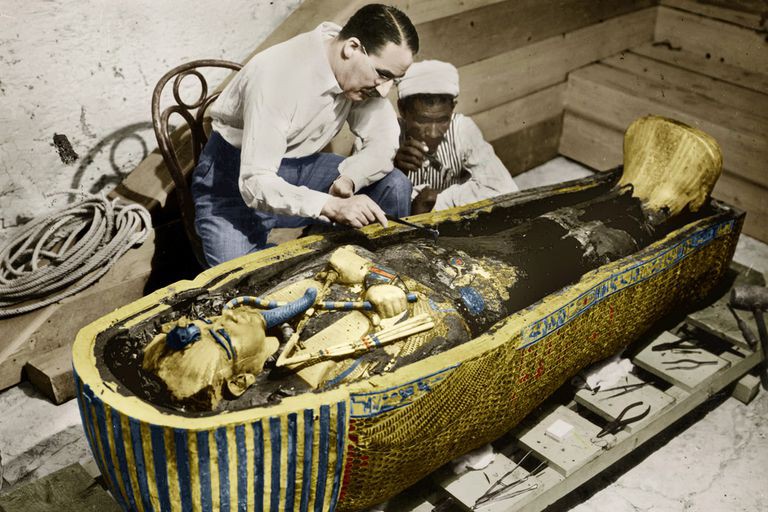
A Global Fascination
Regardless of authenticity, the claim has reignited worldwide fascination with King Solomon. His image as a wise ruler, builder of sacred monuments, and keeper of great mysteries continues to captivate modern imagination. The idea that his tomb might hold revelations capable of reshaping biblical history only adds to the intrigue.
Conclusion
The alleged discovery of King Solomon’s tomb is more than an archaeological headline—it is a reminder of how myth, faith, and history intertwine. Whether the chamber proves authentic or not, the excitement surrounding it reflects humanity’s timeless desire to uncover the truths buried beneath millennia of silence. If genuine, the find could change everything we know about one of history’s most enigmatic rulers. Until then, the world watches, waiting for secrets three thousand years old to be fully revealed.
